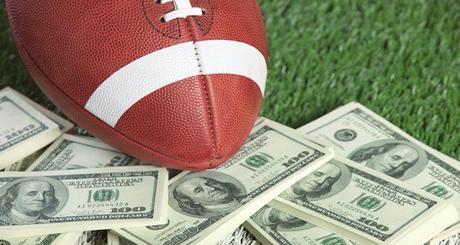
This year’s Super Bowl XLVIII sold out a month earlier than last year’s game. No, not the tickets to the game—the ads! A single commercial during the February 2 game is reported to cost $3.8 million for a 30-second spot. Not surprisingly, many of us will be watching the commercials as closely as the game. It’s one of the last vehicles for reaching a truly massive audience all at once.
According to Forbes, “Super Bowl XLVIII features 43 advertisers who have purchased commercial time ranging from the traditional 30-second and 60-second variety to more long-form 90-second and two-minute formats. Brands that have already announced their plans to run ads in-game include: Anheuser-Busch InBev; Butterfinger; Chevrolet; Doritos; GoDaddy.com; Hyundai; Intuit; Jaguar; Mars; Oikos; PepsiCo Beverages; and Wonderful Pistachios.”
Despite all the hype, Super Bowl ads weren’t always so super. They used to be just ordinary commercials that aired during a big football game. Sure, there were some memorable ads, such as Mean Joe Green for Coca-Cola in 1979, but nothing truly spectacular or groundbreaking.
1984
If you’re wondering when Super Bowl commercials began to rival the action on the field, the turning point came on January 22, 1984, during the third quarter of Super Bowl XVIII. That’s when Apple ran a breakthrough commercial entitled “1984” to launch the Macintosh computer.
The “1984” ad was conceived by Steve Hayden, Brent Thomas and Lee Clow at Chiat/Day in Venice, California, produced by Fairbanks Films of New York, and directed by Ridley Scott. It aired just once, during the Super Bowl (except for a 1:00 a.m. airing in Twin Falls, Idaho in December 1983 to qualify for awards that year), but the spot was replayed endlessly on news broadcasts, generating millions of dollars’ worth of additional impressions.
The commercial positioned Apple as a creative, forward-thinking company, fighting for consumer choice. Its competition (IBM in those days) appeared as the monolithic, stifling Big Brother of Orwell’s dystopian future. Today, “1984” is widely regarded as the best Super Bowl commercial ever, and one of the best ads of all time.
Interestingly, “1984” worked without all the stereotypical gimmicks now associated with Super Bowl ads: talking animals, precocious kids, or crude slapstick humor (thought it did feature an attractive female athlete). If you haven’t seen it, you owe it to yourself to see what changed the future of not only Super Bowl commercials, but all of advertising.
